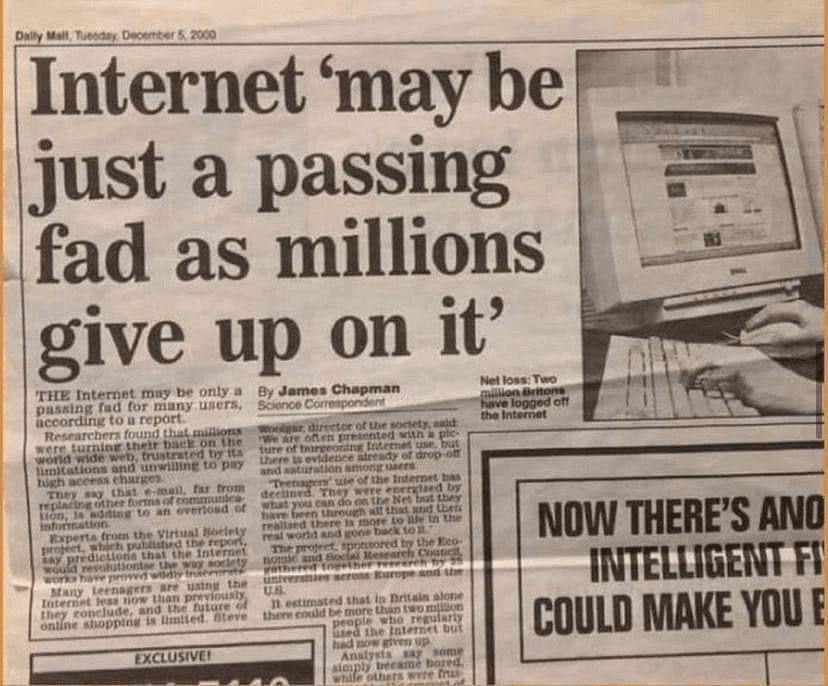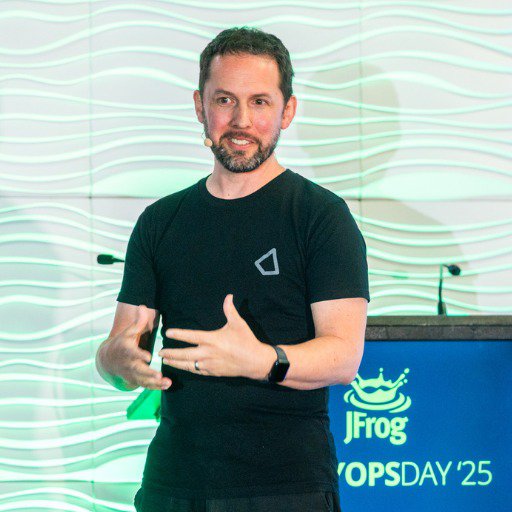From the battlefields of war to the boardrooms of civilian enterprises, Antony Reynolds, Vice President of Federal and National Security at Bridgeworks, or “Tony” as I’ve come to know him, delivers revelations on the technology transforming data transfer from a sluggish chore to a lightning-fast marvel.
Reynolds’ belief and metaphor he goes by is: delivering data to the warfighter as a proxy for ensuring Chief Information Officers (CIOs) have the data they need.
Reynolds recounts a moment where the CIO of the US Department of the Navy claimed that faster data transfer could literally save lives.
“If we can move data at the lowest level of latency to the war fighter, it will make the difference between winning and losing the war.” Commented Reynolds.
This perspective deeply resonated with Reynolds and informed his approach to data delivery at Bridgeworks. Transitioning from military to civilian applications, Reynolds explained that CIOs often view their roles as akin to a battlefield, with the daily challenges of managing finite resources and juggling multiple projects. In this context, the speed of data transfer becomes a critical asset, not just to reduce costs, but to save time—a commodity that enables CIOs to undertake concurrent projects and achieve more within their limited resources.
“We’re creating conditions where the data can be moved at ultra-fast unprecedented speeds and scale.” Added Reynolds.
Reynolds confirmed that while cost remains a concern, time and performance have become more nuanced priorities due to the disruption of new technologies. In civilian contexts, reputation and innovation play crucial roles. Companies that can quickly and securely move data are seen as industry leaders, forward-thinking, and technologically adept—a form of “peacocking” that can attract both customers and competitors.
Reynolds highlighted multiple benefits about the gains of faster data delivery, reputation, data integrity, and security.
He confirmed that Bridgeworks’ technology ensures zero touch, zero examination, and zero storage of data, aligning with the current trend towards zero trust architecture. This provides a high level of assurance to clients, especially in sectors like healthcare and finance, where confidentiality and regulatory compliance are paramount.
Reynolds also discussed the technical challenges faced when moving data across wide area networks (WAN). Bridgeworks’ AI-driven technology addresses latency, packet loss, and congestion—elements he whimsically termed “the three wicked witches of the WAN.”
By self-tuning and self-learning, the technology optimises data transfer routes in real-time, greatly enhancing performance and reliability. Despite the clear benefits, Reynolds acknowledged that skepticism remains a hurdle.
Many potential clients are incredulous about Bridgeworks’ claims of dramatically improved data transfer speeds. To counter this, the company offers proof-of-concept evaluations, allowing clients to experience the technology’s capabilities firsthand.
This approach has led to results, such as a 424% increase in data transfer speeds for Investec Bank and significant performance improvements for companies and other security companies.









